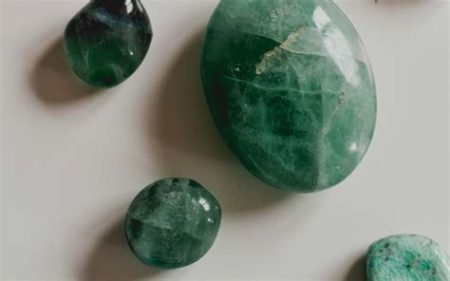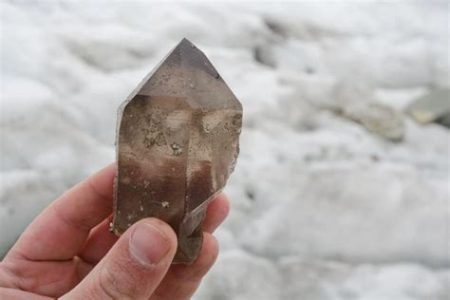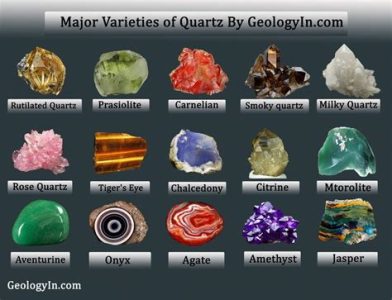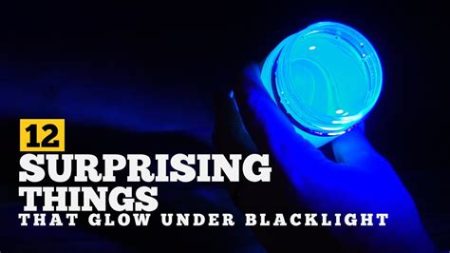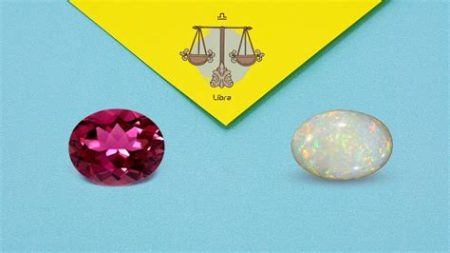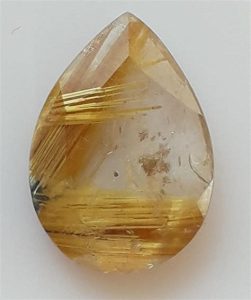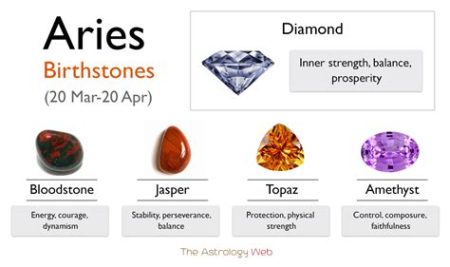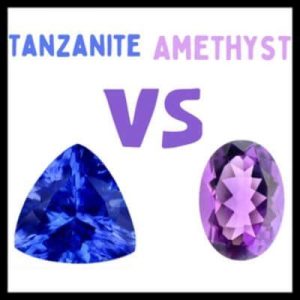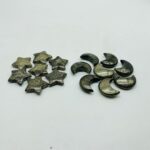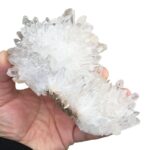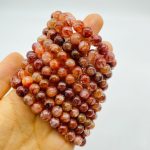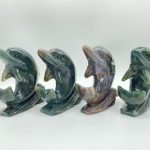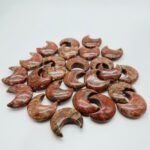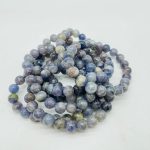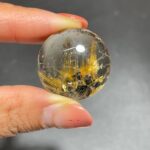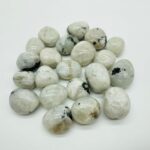Introduction
Jasper, a captivating gemstone known for its vibrant hues and enigmatic patterns, has captivated collectors and artisans for centuries. However, accurately identifying jasper can be a complex task, especially given the vast array of similar-looking gemstones. This guide provides a comprehensive step-by-step approach to identifying jasper, distinguishing it from its doppelgangers, and understanding its unique characteristics.

Step 1: Physical Examination
Hardness
Jasper ranks 6-7 on the Mohs scale of mineral hardness, making it relatively durable.
Color
Jasper is a multifaceted gemstone that exhibits a wide range of colors, including red, yellow, green, brown, and black.
Translucency
Jasper is typically opaque, meaning light cannot pass through it.
Texture
Jasper’s texture varies from fine-grained to coarse-grained, with some varieties exhibiting a distinct sugary appearance.
Fracture
Jasper breaks with a conchoidal fracture, meaning it forms smooth, curved surfaces.
Step 2: Comparative Analysis
Distinguishing jasper from other similar-looking gemstones requires a comparative analysis.
VS. Chalcedony
- Jasper: opaque, harder
- Chalcedony: translucent, softer
VS. Agate
- Jasper: opaque, lacks banding
- Agate: translucent, exhibits banding
VS. Flint
- Jasper: opaque, lacks sharp edges
- Flint: translucent, exhibits sharp edges
Step 3: Chemical Analysis
Jasper’s chemical composition can provide further insight into its identity.
Silicon Dioxide
Jasper is primarily composed of silicon dioxide (SiO2), as are many other gemstones.
Impurities
Trace impurities, such as iron, manganese, and aluminum, contribute to jasper’s color and patterns.
Step 4: Expert Consultation
If self-identification proves challenging, consulting a qualified gemologist or geologist can provide a definitive answer.
Applications
Jasper’s versatility extends beyond its aesthetic appeal to practical applications.
Jewelry
Jasper’s durability and vibrant colors make it an ideal material for jewelry, including necklaces, earrings, and bracelets.
Ornamental Objects
Jasper’s unique patterns and colors have been used to create intricate carvings, vases, and other decorative objects.
Conclusion
Identifying jasper accurately requires careful observation, comparative analysis, and potentially chemical analysis. This guide provides a comprehensive approach to distinguishing jasper from similar gemstones, unlocking its unique beauty and unlocking its potential applications.

